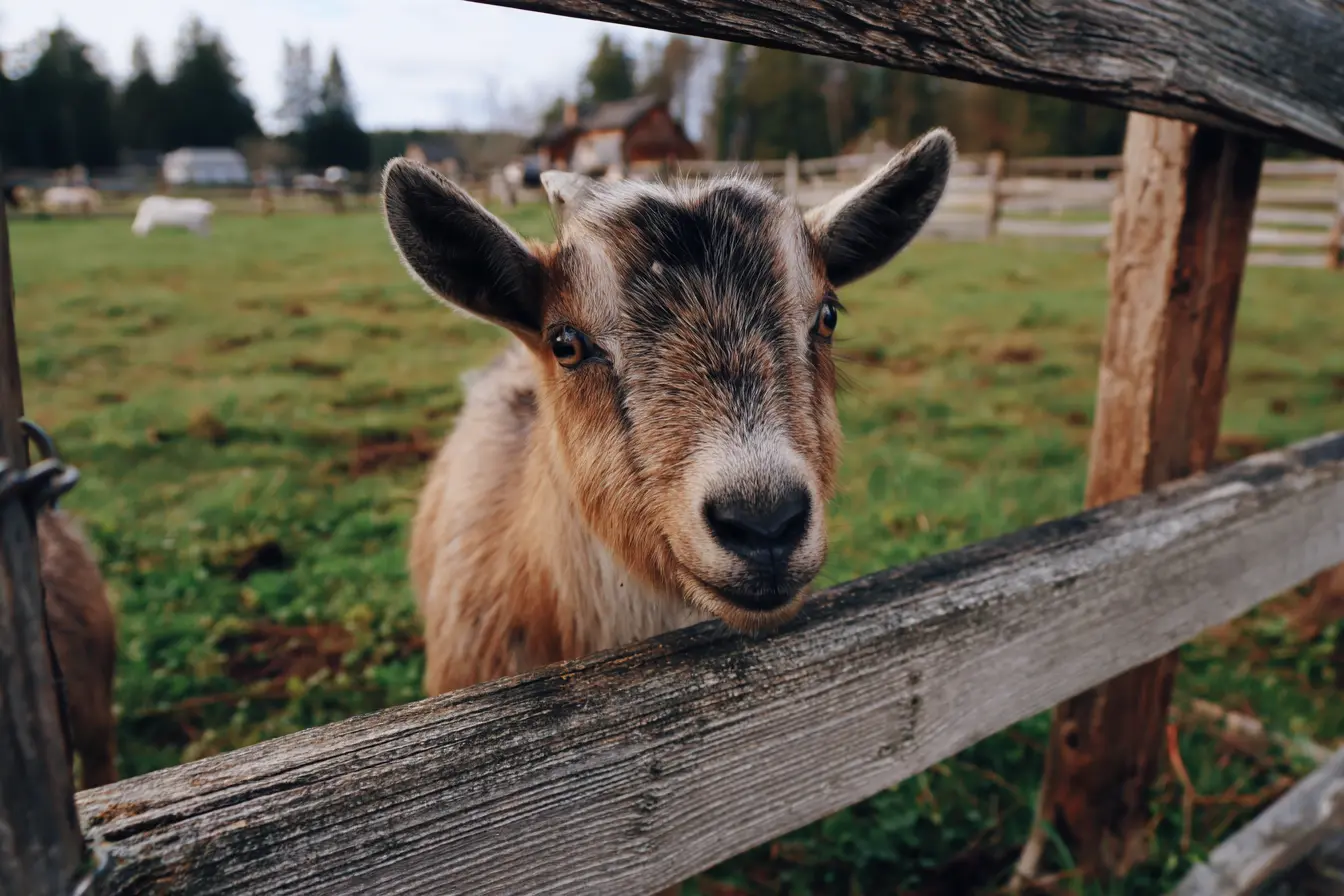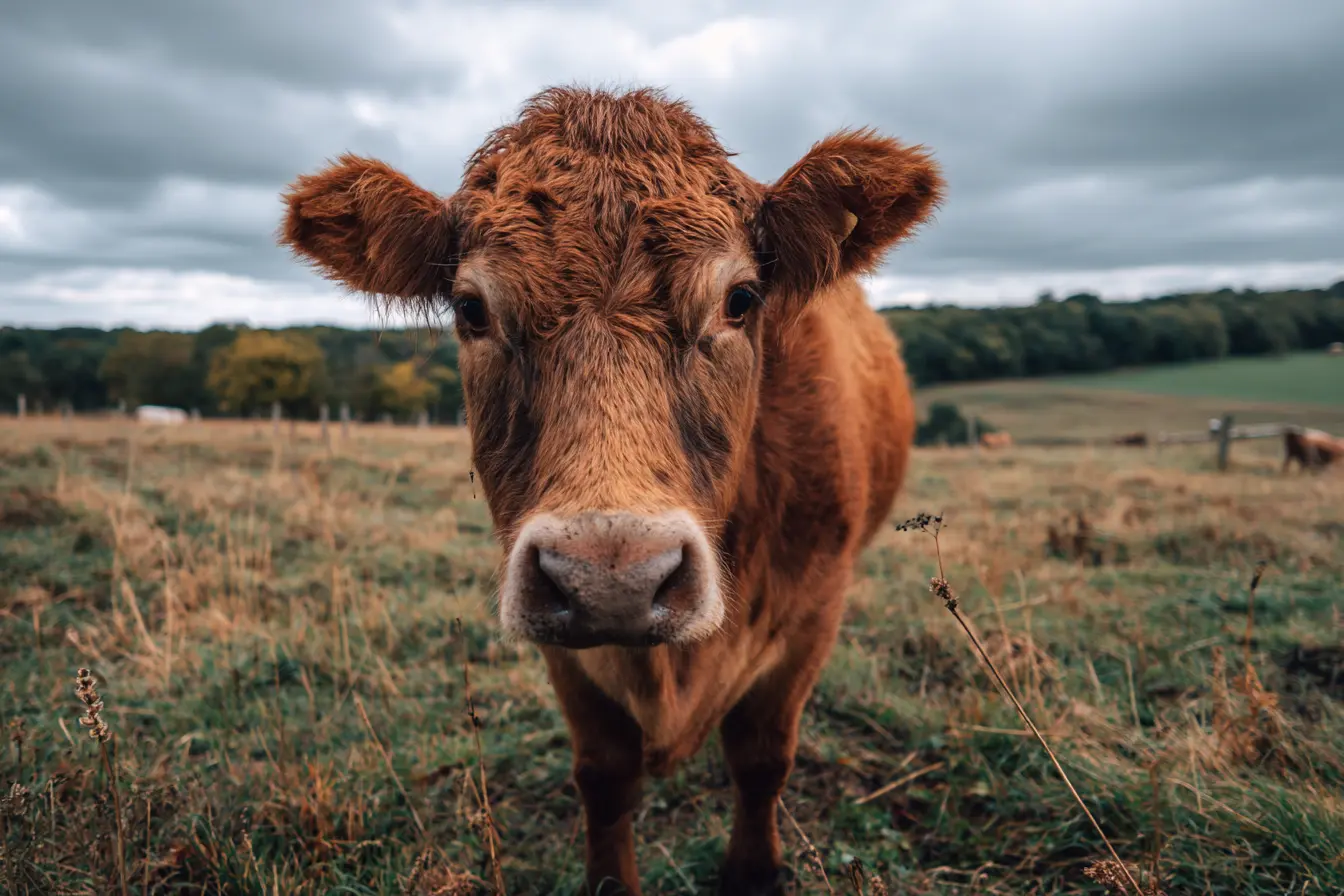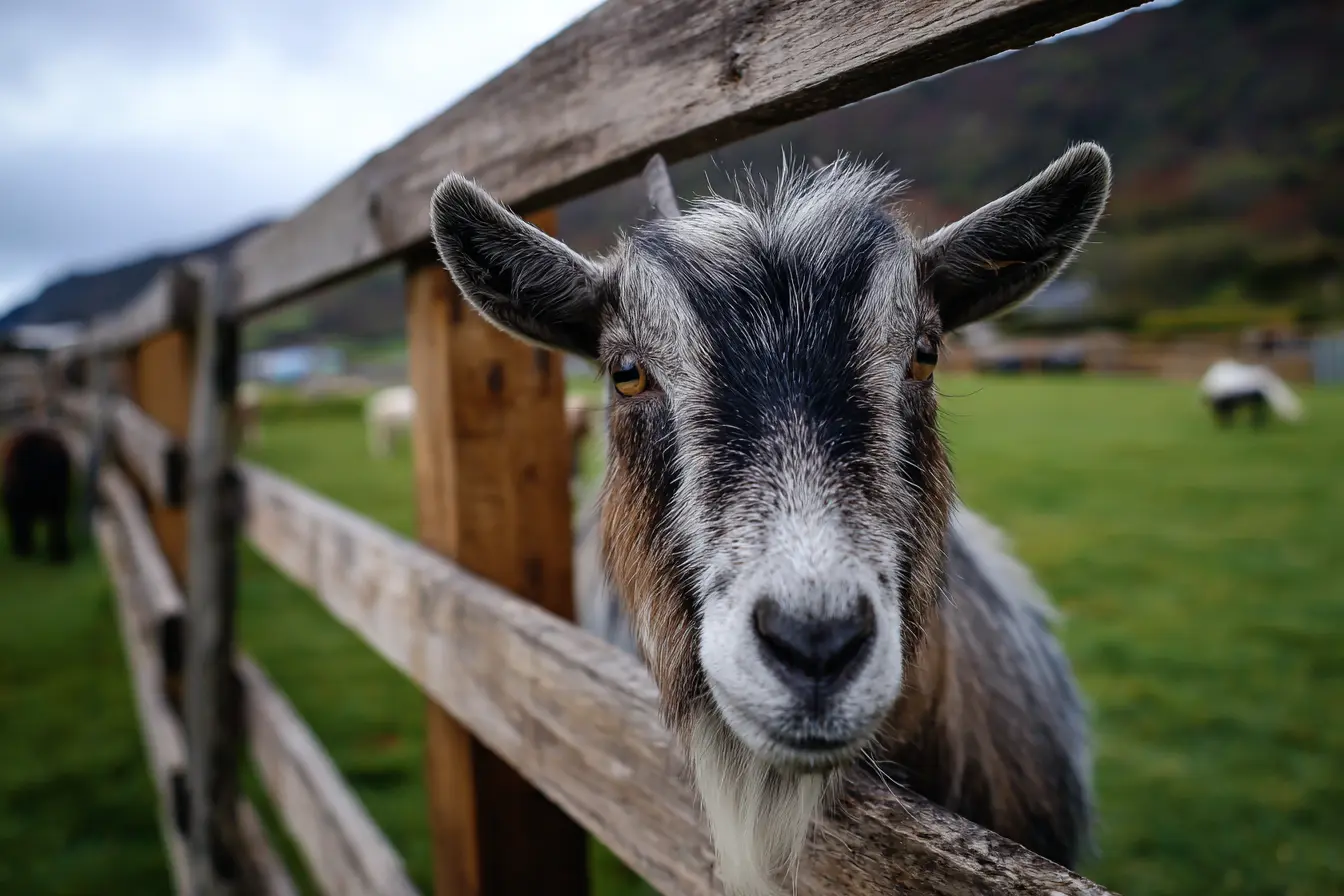
Common Fibre Quality Issues in Goats: Causes and Solutions
Goats are kept worldwide for their luxurious fibres, including mohair from Angora goats, cashmere from Cashmere goats, and the ultra-fine pashmina from Changthangi types. For smallholders, fibre farmers, and homesteaders in the UK, producing high-quality fibre can be both rewarding and profitable. However, a range of management, nutritional, and environmental factors can affect fibre quality.
This guide outlines the most common fibre quality issues in goats, their likely causes, and practical steps to fix and prevent them.
Common Fibre Quality Issues
Coarse or Brittle Fibres
- Problem: Fibres feel harsh, lack softness, or break easily during processing.
- Causes:
- Poor nutrition, especially protein or mineral deficiencies.
- Stress from illness, parasites, or harsh weather.
- Seasonal variations – fibre may be coarser in certain growth phases.
- Solutions:
- Provide a balanced diet rich in protein (good-quality hay, legumes, or concentrates).
- Supplement with goat-specific minerals (zinc, copper, selenium).
- Improve shelter and reduce environmental stress.
- Carry out regular parasite control.
Weak or Tender Fleeces
- Problem: Fibres break during spinning or processing, reducing yield and value.
- Causes:
- Nutritional gaps, especially sudden deficiencies in energy or protein.
- Periods of illness or heavy parasite burdens.
- Sudden dietary changes causing rumen upset.
- Solutions:
- Maintain consistent feeding and avoid abrupt diet shifts.
- Treat and monitor parasites with regular faecal egg counts.
- Keep goats in good body condition with steady nutrition year-round.
Short Staple Length
- Problem: Fibres are too short for efficient spinning, leading to lower-value fibre.
- Causes:
- Poor diet lacking in energy or protein.
- Premature fibre loss due to stress, illness, or parasites.
- Excessive fibre breakage during growth or handling.
- Solutions:
- Ensure goats have access to high-quality forage and supplementary feed if needed.
- Monitor health regularly and provide prompt treatment for illness.
- Handle fleeces gently during harvesting to prevent damage.
Fibre Contamination
- Problem: Presence of dirt, vegetable matter, bedding, or foreign fibres in fleeces.
- Causes:
- Dirty housing or bedding.
- Grazing in fields with burrs, thistles, or sticky plants.
- Inadequate cleaning before storage.
- Solutions:
- Maintain clean, dry housing and change bedding regularly.
- Avoid pastures with burrs or problematic weeds.
- Use goat coats to protect valuable fleeces.
- Store fibre in breathable bags (cotton or paper) in a clean, dry place.
Uneven Fibre Fineness
- Problem: Inconsistent fibre diameter across the fleece, reducing uniformity and processing quality.
- Causes:
- Poor or inconsistent nutrition.
- Seasonal growth changes in fibre.
- Genetic variation within the herd.
- Solutions:
- Provide a year-round balanced diet to minimise fluctuations.
- Select breeding stock with consistently fine fleeces.
- Manage herd genetics with a focus on fibre uniformity.
Discolouration or Staining
- Problem: Fibres appear yellowed, stained, or dirty, reducing market value.
- Causes:
- Urine, faecal contamination, or damp bedding.
- Prolonged exposure to sun, which can bleach and weaken fibres.
- Skin infections such as fleece rot.
- Solutions:
- Keep housing clean and dry with good drainage.
- Rotate bedding regularly.
- Provide adequate shelter from rain and strong sun.
- Treat skin conditions promptly with veterinary guidance.
Low Fibre Yield
- Problem: Goats produce less fibre than expected for their breed or age.
- Causes:
- Poor body condition or underfeeding.
- Illness or chronic parasitism.
- Genetic limitations.
- Infrequent or poorly timed harvesting.
- Solutions:
- Provide balanced nutrition with adequate energy and protein.
- Carry out routine health checks and parasite management.
- Choose breeding stock with strong fibre-yielding traits.
- Harvest fibre at the correct seasonal intervals.
Preventing Fibre Quality Issues
Nutrition
- Base the diet on high-quality forage (hay, browse, or pasture).
- Supplement with legumes or concentrates for extra protein.
- Provide goat-specific mineral licks; avoid sheep licks, which lack copper.
- Ensure goats always have access to clean, fresh water.
Health and Welfare
- Maintain a regular parasite control programme with faecal egg counts.
- Vaccinate against clostridial diseases and other local health risks.
- Provide routine hoof care to prevent lameness, which can stress animals.
- Protect goats from damp and draughts with well-ventilated, dry housing.
Fibre Management
- Shear or comb goats at the correct times for their breed.
- Keep fleeces clean and handle them gently during harvesting.
- Store fibre properly to avoid contamination, pests, and dampness.
Breeding for Fibre Quality
- Select breeding animals with fine, uniform, and high-yield fleeces.
- Keep records of fibre yield and quality for each goat.
- Gradually improve herd genetics by focusing on desirable traits.
Conclusion
Fibre quality in goats is influenced by a complex mix of genetics, nutrition, management, and environment. Common issues such as coarse fibres, weak fleeces, contamination, and low yield can often be traced back to preventable causes like poor diet, parasites, or dirty housing.
By prioritising good nutrition, regular health care, clean housing, and careful harvesting, goat keepers can produce fibre that meets the high standards demanded by spinners and textile buyers. With consistent management, both fibre quality and profitability can be greatly improved.
Vets near you
Speciality vets
- Aquatics vet specialists
- Birds vet specialists
- Camelids vet specialists
- Cats vet specialists
- Cattle vet specialists
- Deer vet specialists
- Dogs vet specialists
- Equines vet specialists
- Exotic vet specialists
- Goats vet specialists
- Pigs vet specialists
- Poultry vet specialists
- Sheep vet specialists
- Small Mammals vet specialists
- Wild vet specialists



